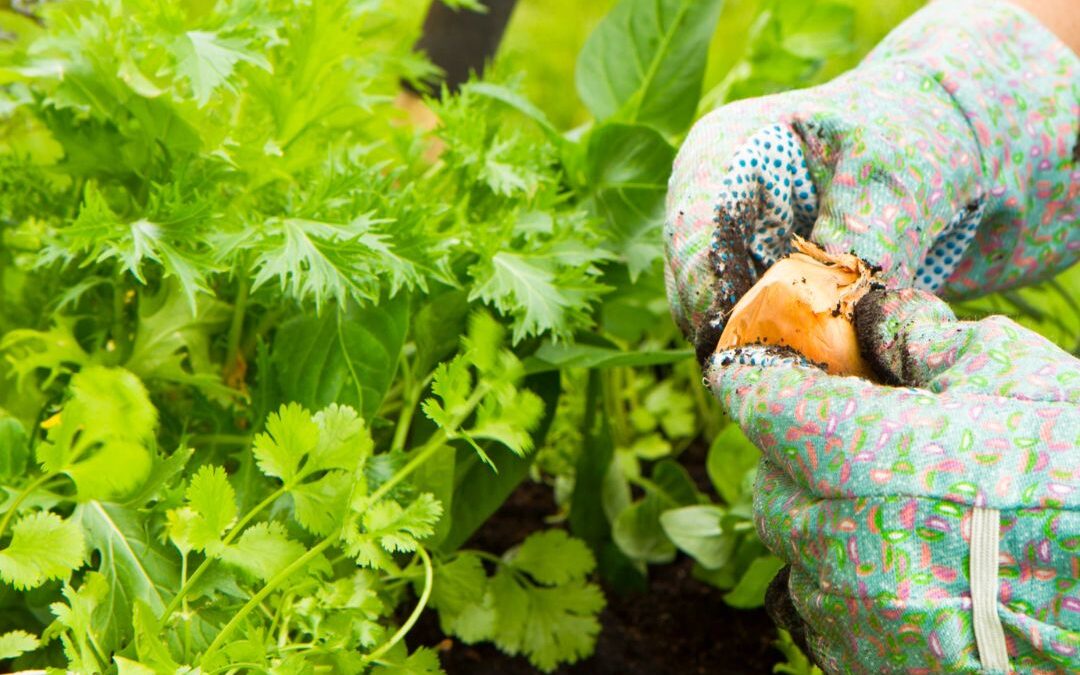This post may contain affiliate links, which means that I may receive a commission if you make a purchase using these links, with NO additional cost to you.
We all know that feeling when grocery bills keep climbing while bank accounts keep shrinking. If you’re anything like me, you’ve stood in the produce section staring at those $4 bell peppers, wondering when vegetables became luxury items!
This spring, I’ve been thinking about how our gardens aren’t just therapy for our souls—they’re medicine for our budgets too. Here are my top three crops that give the biggest return on your investment:
Tomatoes: The Pantry-Filling Powerhouse
Last summer, I tracked our tomato harvest (because yes, I’m that farm wife who keeps spreadsheets for everything!). Forty tomato plants that cost about $40 total produced over 50 gallons of beautiful fruit between July and October.
Those same tomatoes would have cost nearly $300 at the grocery store. But the real magic happens when they transform into pantry staples!
From just those plants, I stocked our pantry with:
- 57 quarts of spaghetti sauce ($323 value)
- 24 pints of BBQ sauce ($38 value)
- 35 pints of salsa ($201 value)
- 13 pints of tomato sauce ($15 value)
Even with limited space, a couple of Roma or San Marzano plants can provide enough harvest for several batches of sauce or salsa.
Squash: The Budget-Stretcher
Two zucchini plants and a handful of winter squash vines yielded over 100 pounds of produce—roughly $200 worth at store prices.
Summer squash like zucchini can be shredded and frozen for year-round use:
- A nutritional boost in winter soups and chilis
- The secret to moist breads and muffins
- A filler that makes ground meat go twice as far
Winter varieties like butternut and acorn store for months in a cool, dry place, providing nutrient-dense meals when produce prices peak mid-winter. One butternut squash can replace $8-10 worth of store-bought prepared sides!
The versatile squash family isn’t flashy, but it’s faithful—just like us farm wives trying to make everything work on tight margins.
Herbs: The Unexpected Money-Saver
A small 4×4 herb patch can save hundreds of dollars a year. The best investments:
- Basil (one plant = $50+ in store-bought packages)
- Rosemary (perennial in the south, bring inside to overwinter in the north)
- Mint (almost impossible to kill, makes free tea all summer)
- Parsley (expensive at stores, freezes beautifully)
Most herbs grow wonderfully in containers, perfect for small spaces or a sunny kitchen window.
When I feel overwhelmed by rising costs, I remember that every seed planted is an act of hope—and practical action—toward financial breathing room.
What are you growing this year to save money? I’d love to hear your garden money-saving stars in the comments below!
Cheering for your growing abundance,
Cassandra
As I’ve grown as an entrepreneur, mom, gardener, and livestock owner, I struggled to find a planner that met my needs and kept me organized. So, I MADE MY OWN. You can look at it on the link below and buy it on Amazon.
Don’t want the whole calendar part? I got you! I pulled the gardening and animal care pages out and put them in a book all their own.
Wanting a community to lean into? Join the FREE Thriving Through Farm Life: Wife’s Support Network! In our community, we embrace the challenges of farm life and provide a supportive space for wives facing the complexities of managing a family farm. Whether you’re navigating financial pressures, day-to-day operations, or seeking ways to create a thriving home, we’re here for you. Explore garden and preservation tips for cultivating your oasis, share insights on animal care, and discover practical family budgeting strategies. Together, let’s grow through challenges, flourish authentically, and sow the seeds for a resilient and thriving farm life. Join us on this journey of resilience and abundance!
Starting a garden doesn’t have to be hard! I gathered all the tips I’ve learned over my gardening seasons and made them into a simple course to jump-start your gardening life.

